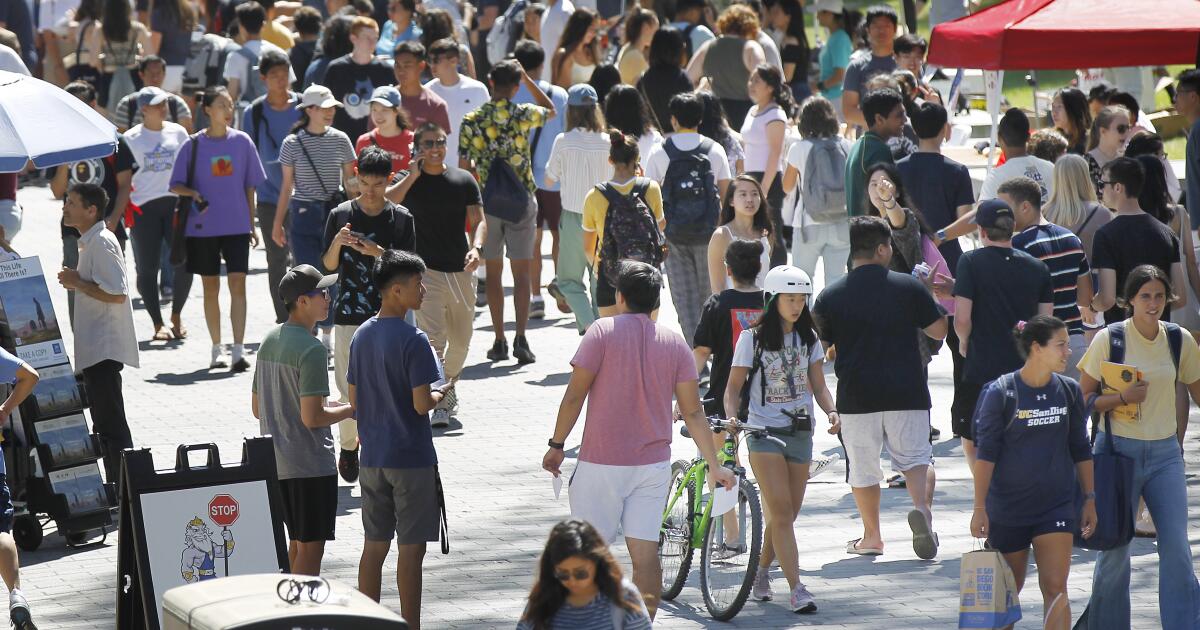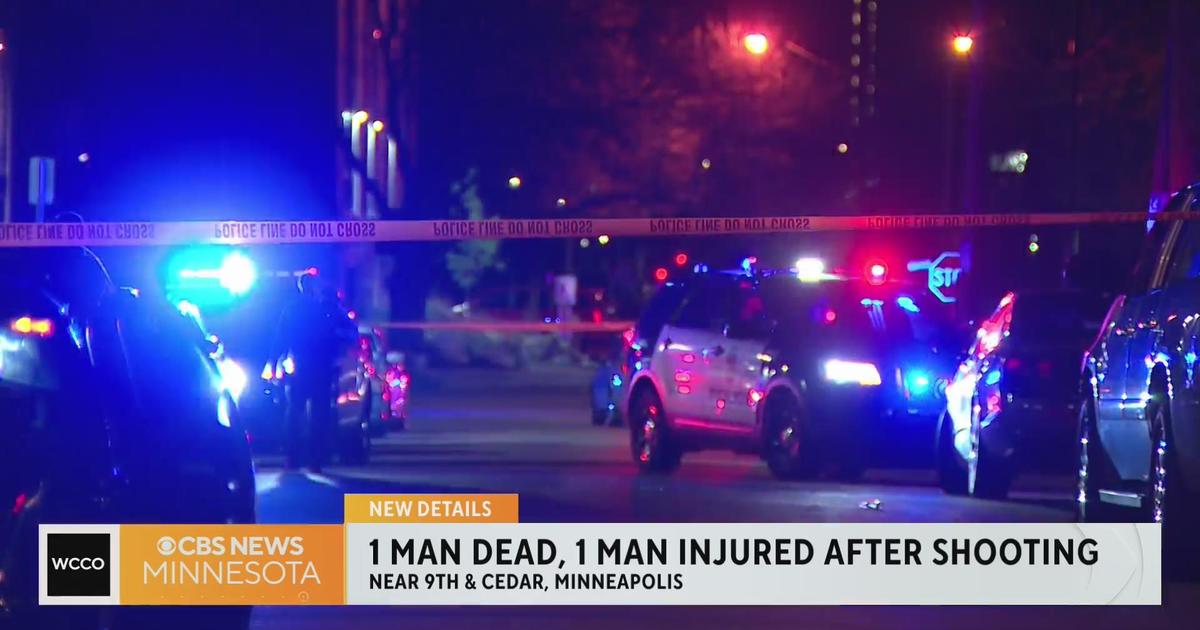Austin, TX
Tesla skirts Austin's environmental rules at Texas gigafactory

Tesla has used a new Texas state law to exempt its Austin gigafactory from Austin’s environmental regulations, as reported by Austin Business Journal.
Tesla’s Texas gigafactory is commonly referred to as being in Austin, but it is actually situated not far outside the city’s official borders.
This is technically part of Austin’s “extraterritorial jurisdiction” (ETJ) an area around the city which doesn’t technically belong to the city, but which the city can still exercise some control over the development of.
Due to the large amount of unincorporated land in Texas, and its growing population causing cities to tend to sprawl outward, it is prudent for some cities to help plan the areas immediately outside their limits, so that infrastructure can be compatible if the city later grows to encompass those areas. This is why Texas and some other Western states have ETJ laws.
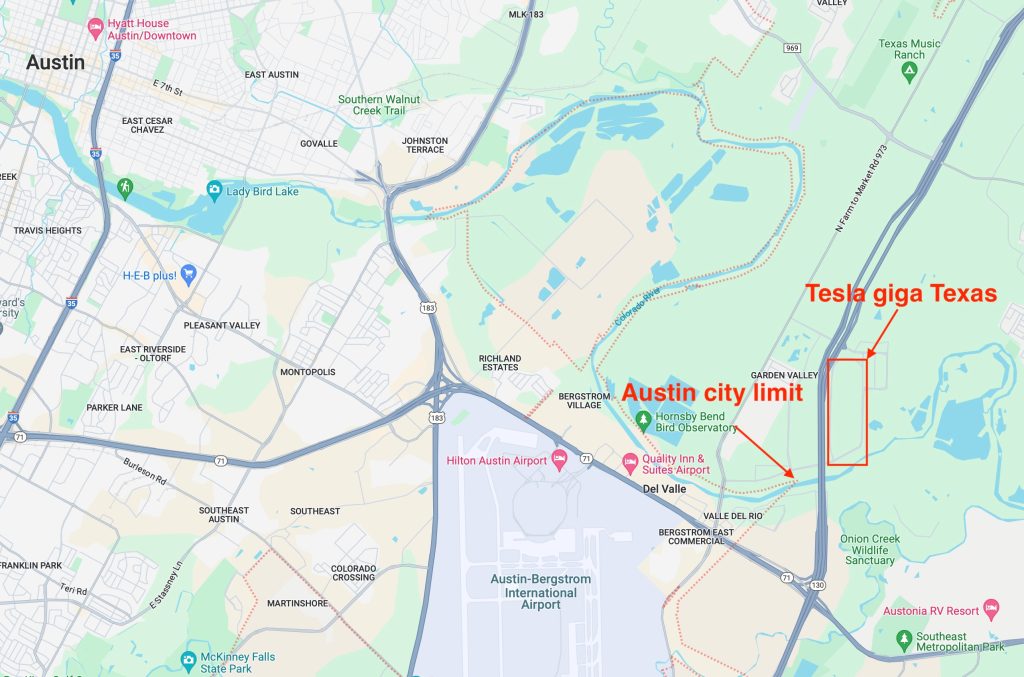
But, last year, the Texas legislature passed a law, SB 2038, allowing developments to remove themselves from these ETJs relatively easily.
Earlier this year, Tesla filed a petition to remove itself from Austin’s ETJ, and that petition was accepted, according to Austin Business Journal.
The law has been challenged by several cities in Texas, though Austin is not one of the cities opposing it.
Tesla’s removal from the ETJ allows it to skirt Austin’s environmental regulations, particularly over regulation of water quality and flooding issues, according to an Austin spokesperson interviewed by Austin Business Journal.
Both of these would be important at the gigafactory site, since the property encompasses 2,100 acres and runs directly along the Colorado River, just after it runs through Austin’s center.
Tesla itself has pointed out the ecological importance of its location, as when the site was first selected, Tesla CEO Elon Musk said the area would be an “ecological paradise.” That promised ecological paradise has not yet materialized, but the company did present a plan to create a 120-acre public space alongside the river last October.
Tesla is also building something called a “Giga Water Loop” at the site, but we don’t actually know much more than that about what it is.
Water issues have been in focus at other Tesla locations, particularly its gigafactory in Grünheide,outside Berlin, Germany. While some opposition to the factory has come from front groups for the oil industry, there have also been criminal allegations by legitimate environmental groups related to Tesla’s management of its water usage.
The issues have rankled Tesla’s relationship with the local community in Grünheide, with locals voting down expansion of the factory and, in a crazier and much less productive move, resulting in sabotage that led to the factory’s temporary shutdown.
In Germany, Tesla has responded to local issues by attempting to manage its water use better, and by replanting trees to make up for the site’s encroachment into a managed forest area nearby.
But now, in Texas, it seems like Tesla would rather not have to deal with that sort of thing at all (though, as usual, Tesla did not comment on why they took this move). By exempting itself from Austin’s regulations, there will be less oversight of what sort of water usage or discharge the site has, and whether that might affect other parts of the river.
And yet, Tesla has still benefitted from its proximity to Austin, as the city extended utility connections to the site during the construction process. Austin did this without first annexing the area, as at the time, Texas law was clear that the area was in the city’s ETJ.
Now due to changing Texas law, Tesla gets to keep those benefits, but has exempted itself from environmental oversight, despite making many environmental claims about the site in question.
FTC: We use income earning auto affiliate links. More.


Austin, TX
Austin, Texas, opioid outbreak leaves at least 9 dead, 75 overdoses in 3 days – Washington Examiner

(The Center Square) – Over the last few days, city and county officials are responding to what appears to be “the largest opioid overdose outbreak” in Austin and Travis County, Travis County Judge Andy Brown said at a news conference.
Austin Police Department Assistant Chief Eric Fitzgerald said police officers and emergency personnel reduced an untold number of deaths, saying, “there is a deadly batch of illicit narcotics in our community. Our intent … is to find those persons responsible and hold them accountable.”
Lt. Patrick Eastlick with the APD’s narcotics unit said two persons of interest were detained and one was arrested for felony possession of a firearm. An investigation is ongoing into the source of where the drugs came from. “Anyone found responsible for distributing the suspected fentanyl faces potential charges of murder or manufactured delivery of controlled substance causing death or serious bodily injury,” he said.
Last year, the Texas legislature passed a bill that Gov. Greg Abbott signed into law changing state law to classify fentanyl poisoning as murder, require death certificates to state cause of death related to fentanyl poisonings, expand distribution of Narcan, among other measures.
So far, the APD has filed five charges related to fentanyl overdose deaths, Eastlick said.
Austin-Travis County EMS Assistant Chief Steve White said emergency personnel initially responded to calls in the downtown area Monday morning, which later spread throughout the city. Emergency teams were deployed to quickly distribute Narcan rescue kits.
Within a 24-hour period, they responded to over 51 suspected overdoses with many individuals in cardiac arrest. Four people were first reported dead.
“We have not experienced overdoses of this volume since 2015, when K2 struck our community,” White said, referring to synthetic marijuana. EMS usually gets an average of two to three calls a day, but responded to over 50 calls after the outbreak began, “well over a thousand percent increase.”
In a separate press announcement, Dr. Angela Carr with Travis County EMS said as of 6 pm on Thursday, Austin Travis County EMS had responded to 75 suspected overdoses. So far, more than 400 doses of Narcan have been distributed to affected areas.
Brown said they had to wait until the toxicology reports were completed but they were investigating “eight deaths as suspicious.”
The current death total is nine, according to a county spokesperson. “Preliminary toxicology reports indicated the presence of fentanyl in nine cases, cocaine in eight and methamphetamine in three, the American-Statesman reported.
Brown said emergency personnel saved dozens of lives by administering Narcan, a drug that reverses opioid overdoses if administered quickly enough. Information about where Texans can obtain Narcan can be found here and at Txcope.org.
“Drug overdose deaths continue to be the number one cause of non-accidental deaths in Travis County,” Brown said. In 2022, Travis County commissioners declared the county’s overdose epidemic as a public health crisis.
In March, White spoke at an Austin City Council meeting on public safety saying, “Travis County now has twice as many opiate overdose deaths than any other county in Texas, per capita.” He explained the scope of the “severe increase” in opioid overdoses, saying they averaged roughly 100 a month at the time.
Last year, while the legislature was in session, Texas Department of Public Safety troopers seized half a million lethal doses of fentanyl in Austin, The Center Square reported. They also seized other narcotics, weapons, ammunition, and several stolen vehicles in a bust that was part of a DPS Austin Violent Crimes Task Force operation assisting the APD.
Violent crime and fentanyl overdoses have increased in the state capital since the Austin City Council voted to defund the APD in 2020. Efforts by voters to increase APD funding and reverse the city council’s actions failed in 2021. After losing a significant number of APD’s force, the number of homicides in Austin spiked, APD was no longer able to respond quickly to 911 calls, street takeovers got out of control, a machete crime spree ensued among other violent crimes being reported.
CLICK HERE TO READ MORE FROM THE WASHINGTON EXAMINER
In response, Gov. Abbott took action, creating task forces and surging additional resources, including directing DPS troopers to provide long-term assistance to APD. He also worked with the Texas legislature to implement measures to prevent municipalities from defunding the police in the future, The Center Square reported.
“Overdose deaths are completely preventable and everyone in Travis County should be aware and prepared to respond to an overdose incident,” Brown said. “Everyone should carry Narcan and know how to respond to an overdose. I carry a dose of it in my computer bag.”
Austin, TX
Texas elections 2024: Austin residents vote on 'dis-annexation' of neighborhoods
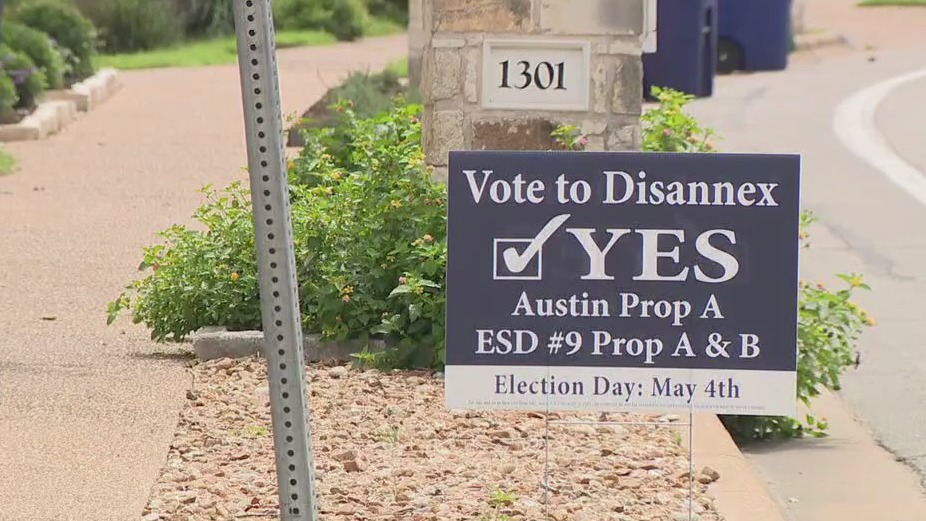
Austin residents vote on dis-annexation
Residents of certain outlying area of Austin voted on one of six propositions to decide if their neighborhood should be removed from city limits.
AUSTIN, Texas – “Vote Here” signs are spread across the city of Austin at dozens of polling centers.
Inside, multiple candidates and propositions are on the ballot for voters to choose from.
There are six “dis-annexation” propositions, allowing residents of several outlying areas to vote on whether to remove themselves from Austin city limits.
The major selling point for these propositions is that they will lower property taxes.
“Oh, I’m for sure voting against,” said Malone resident Dave Kemper.
“We voted yes for the dis-annexation, mainly because we want to see the property taxes go down,” said Lost Creek resident Joe Wempe.
Texas: The Issue Is: Runoff elections in TX
Runoff elections are fast approaching in the Lone Star State. James Hinson of UT’s Texas Politics Project joins FOX 7’s Rudy Koski to discuss.
The city would phase out property taxes once a neighborhood’s debt is paid.
Residents would still pay school property taxes.
The ballot measures were prompted by legislation passed in the Texas legislature in 2023.
Each of the neighborhoods was brought into the city boundary about 10 years ago.
“We are our own little community, and I think that’s how we should be treated,” said Lost Creek resident, Rachel Cole.
Austin Police and Fire Departments would no longer serve “dis-annexed” neighborhoods.
Instead, Travis County would handle law enforcement and fire response. Some services would discontinue,like trash from Austin resource recovery.
“I mean, not to disparage the county, but it’s not broken. So why would we fix it? Like, the city has done a great job with our trash,” Kemper said.
2024 TEXAS RUNOFF ELECTIONS COVERAGE
The possibility of dis-annexation comes with concerns surrounding emergency services for some residents.
“As a mom of three kids, I want the best emergency response that I can get. So, if I call 911, I want a quick response,” said Cole.
Others welcome the thought of a possible change.
“Maybe we have better police control here, because we have seen more crime in the area,” said Lost Creek resident Donna Wempe.
The residents were able to take their decision to the polls, with the final votes cast on Saturday.
Austin, TX
Democratic Texas state lawmaker says UT Austin and Dallas haven’t been transparent enough in handlin
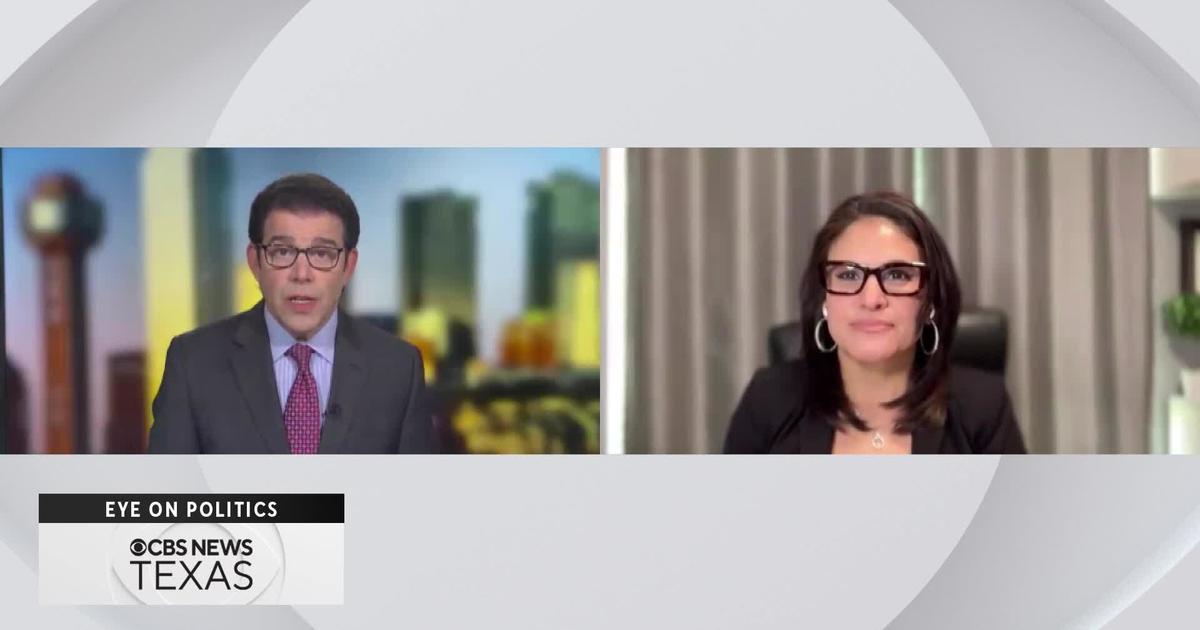
Watch CBS News
Be the first to know
Get browser notifications for breaking news, live events, and exclusive reporting.
-

 News1 week ago
News1 week agoFirst cargo ship passes through new channel since Baltimore bridge collapse
-

 World1 week ago
World1 week agoHaiti Prime Minister Ariel Henry resigns, transitional council takes power
-

 Movie Reviews1 week ago
Movie Reviews1 week agoAbigail Movie Review: When pirouettes turn perilous
-

 World1 week ago
World1 week agoEU Parliament leaders recall term's highs and lows at last sitting
-

 Politics1 week ago
Politics1 week ago911 call transcript details Democratic Minnesota state senator’s alleged burglary at stepmother's home
-

 Politics1 week ago
Politics1 week agoGOP lawmakers demand major donors pull funding from Columbia over 'antisemitic incidents'
-

 Science1 week ago
Science1 week agoOpinion: America's 'big glass' dominance hangs on the fate of two powerful new telescopes
-

 World1 week ago
World1 week agoHamas ‘serious’ about captives’ release but not without Gaza ceasefire
